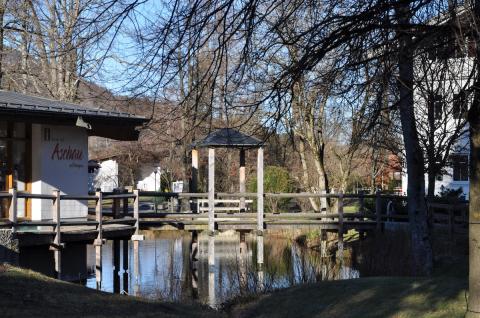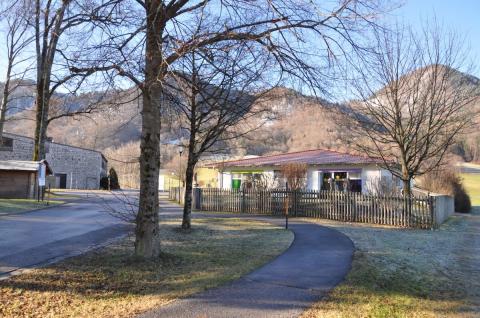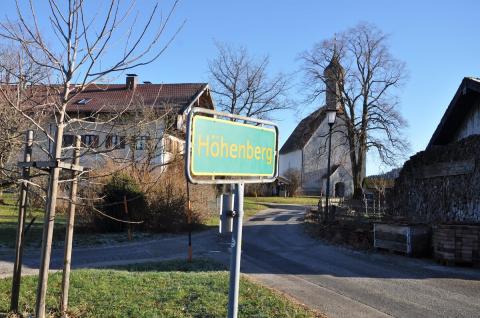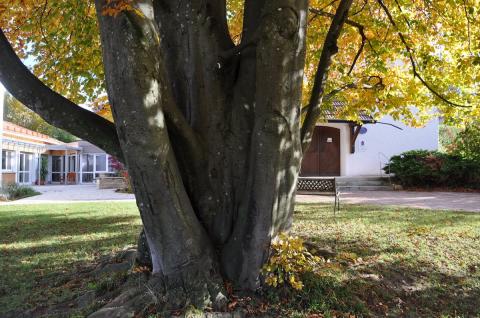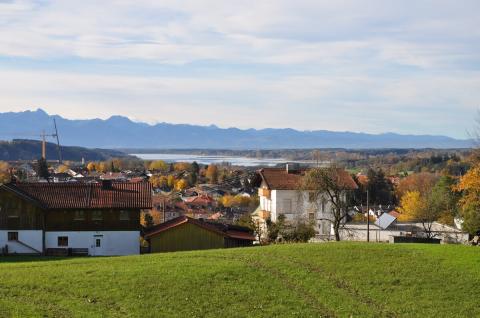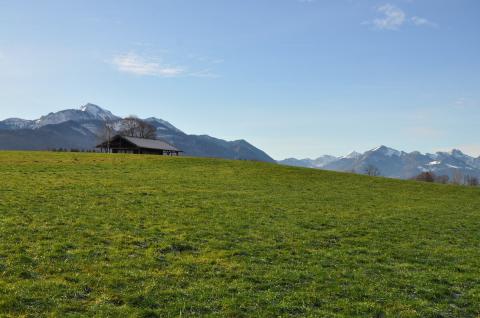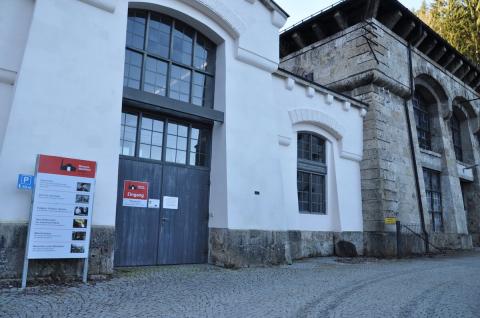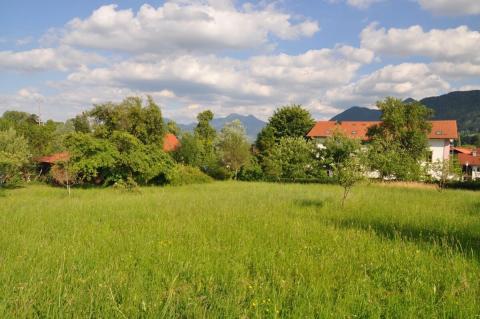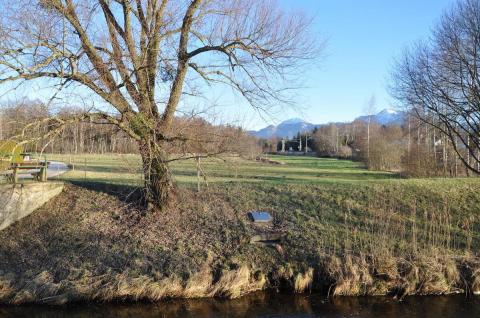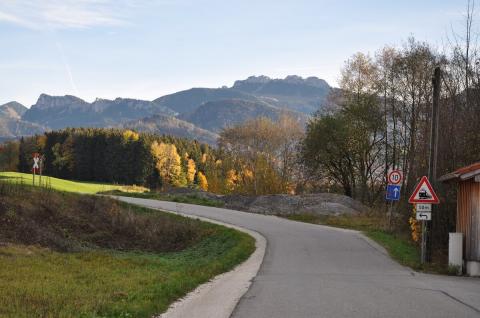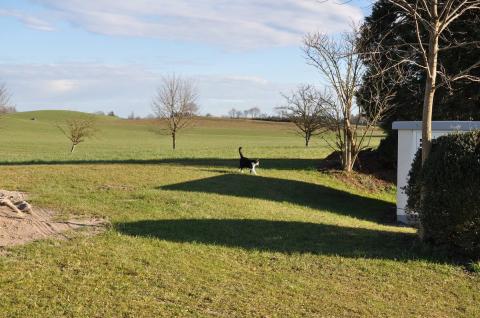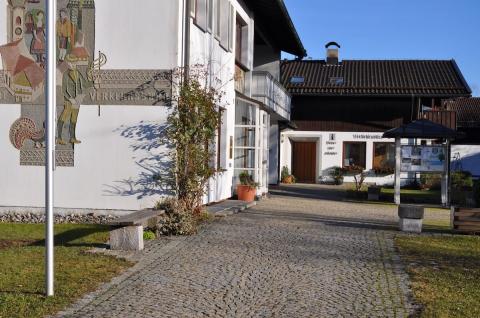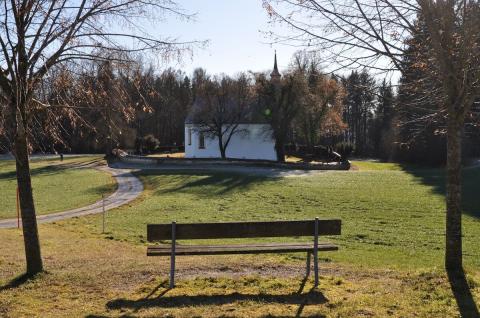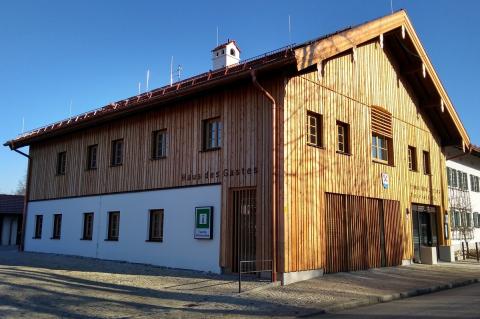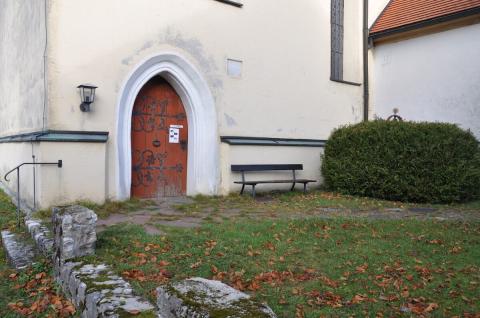On tour in the Römerregion Chiemsee
Let’s go back in time: It is the year 250 A.D and all of Southern Germany has been conquered by the Romans – all of Southern Germany? Not quite! In South-Eastern Bavaria, between Rosenheim and Salzburg, the Romans came in peace, bringing their families and living in harmony with the native Celts. Wealthy Roman settlers were particularly drawn to the hospitable Chiemsee countryside and had an eye for the most beautiful sites to build their country estates. Many of these places, such as Seebruck, survived the fall of the Roman Empire and remain populated to this day; others exist in nothing more than ancient place names and archaeological ruins hinting at bygone glory …
The sites are freely accessible unless otherwise indicated. Information on sites located in museums, town halls, or tourist information centres is available on the respective websites.
Prehistoric finds around Aschau
The impressive graves and caches with offerings to the gods found around Aschau are up to 4000 years old and indicate the importance of the site.
A Roman treasure hoard
Aschau is the site of one of the largest finds of Roman silver in Bavaria. A “telescope” points to the place where the hoard was found, and an information board provides background information.
Refuge caves in the mountains
Sensational finds in inaccessible caves high up on the mountain side indicate that people sought refuge there for months to escape raiding warriors in the valley.
Wander through the labyrinth
The evangelical church community of Bad Endorf invites visitors to wander a layout labyrinth, or to simply sit down in the comfortable chairs and relax.
The Roman estate in Eisenbartling
This site impressively demonstrates how much can be learned of archaeological objects beneath the surface of the ground without setting a spade in the earth. It is also worth visiting for its lovely view over Lake Simssee.
The Roman estate at Holzhausen
This excavated archaeological site features the remains of a Roman underfloor heating system. Informative texts explain the architecture and its function.
Museum Maxhütte
The museum Maxhütte in Bergen is dedicated to iron and metal production in the past and present. School classes may get some hands-on experience.
The Roman estate Am Hitzelsberg
Take a look through a spy-hole to view the Roman estate as it stood here 1800 years ago. A graphical reconstruction documents the archaeological remains of the Roman bath house.
A Celtic boardwalk
See how the Celts built a boardwalk through the boglands some 3000 years ago. The construction must have been an enormous effort, but it’s uncertain what its purpose was.
A 4000-year old fortified refuge
Using a digital terrain model, researchers located the site of a fortified camp on the upper fluvial terrace of the River Prien dating back thousands of years.
The Roman estate at Unterkitzing
Excavations and geophysical prospection made it possible to reconstruct the dimensions of this Roman estate; archaeological finds reveal that it was luxuriously furnished.
Homesteading on a Roman estate
Roman estates were largely self-sufficient. A small exhibition explains the various areas of production and illustrates them with archaeological finds.
A Roman milestone and votive stone
This site, located in an idyllic landscape on the cycle-path between Stöttham and Schützing, is an inviting place to come and relax.
Exhibitions on Chieming's past
Inscriptions and other archaeological finds with explanatory texts make Chieming's Roman past come to life.
A Roman gravestone in the wall of a church
Above the door of St. Johannes in the middle of Grabenstätt, the gravestone of a Romanised local family was built into the church wall.


